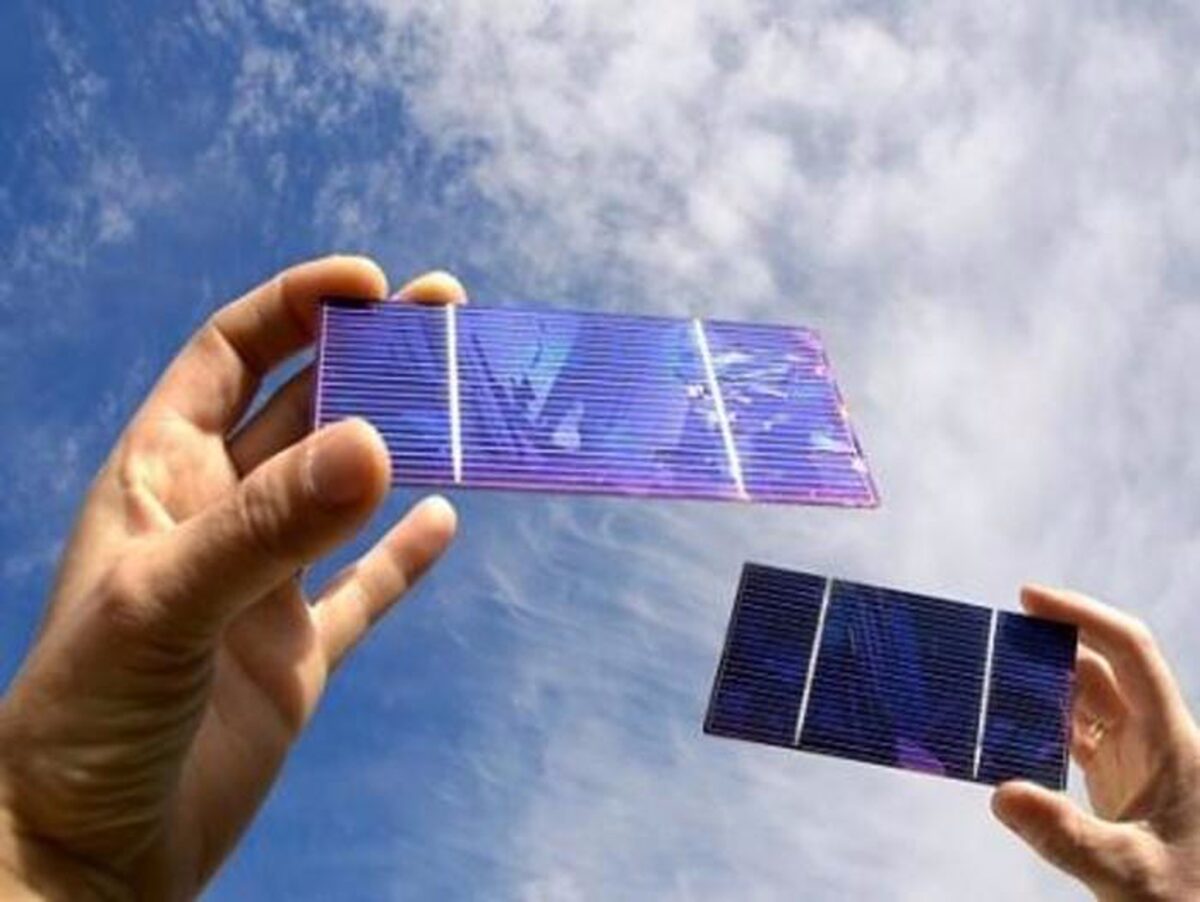Researchers from the Korea Advanced Institute of Science and Technology (KAIST) and Yonsei University have fabricated a high-efficiency and high-stability organic-inorganic hybrid solar cell.
The research paper “Suppressing Hole Accumulation Through Sub-Nanometer Dipole Interfaces in Hybrid Perovskite/Organic Solar Cells for Boosting Near-Infrared Photon Harvesting,” available in the journal Advanced Materials, says a key bottleneck towards efficiency improvement in hybrid perovskite-organic solar cells is the energy level mismatch at the perovskite/bulk-heterojunction (BHJ) interface, which leads to charge accumulation.
The paper adds that existing lead-based perovskite solar cells are prevented from utilizing approximately 52% of total solar energy, as their absorption spectrum is limited to the visible light region with a wavelength of 850 nm or less.
To solve the problem, the research team designed a hybrid device that combined an organic bulk heterojunction (BHJ) with perovskite, resulting in a solar cell that can absorb up to the near-infrared region.
The researchers introduced a sub-nanometer dipole interface layer, based on an isomer known as B3PyMPM, directly onto the perovskite surface, which purportedly alleviated the energy barrier between the perovskite and BHJ. This was found to suppress charge accumulation, maximize the contribution to the near-infrared and improve the current density to 4.9 mA/cm².

The cell was built with a substrate made of indium tin oxide (ITO), a self-assembled monolayer based on MeO-2PACz. the perovskite absorber, the dipole interfacial layer, the BHJ interface, a bathocuproine (BCP) buffer layer, and a copper (Cu) metal contact.
Under testing, the hybrid device reached a power conversion efficiency of 24%, up from 20.4%, which the research paper says is a record for lead-based hybrid perovskite-organic solar cells.
The device also achieved a high internal quantum efficiency (IQE) compared to previous studies, reaching 78% in the near-infrared region. It also demonstrated high stability, maintaining more than 80% of its initial efficiency after more than 800 hours under extreme humidity conditions.
“Through this study, we have effectively solved the charge accumulation and energy band mismatch problems faced by existing perovskite-organic hybrid solar cells, and we will be able to significantly improve the power conversion efficiency while maximizing the near-infrared light capture performance,” said Jung-Yong Lee, one of the study's authors. “This will be a new breakthrough that can solve the mechanical-chemical stability problems of existing perovskites and overcome the optical limitations.”
This content is protected by copyright and may not be reused. If you want to cooperate with us and would like to reuse some of our content, please contact: editors@pv-magazine.com.




By submitting this form you agree to pv magazine using your data for the purposes of publishing your comment.
Your personal data will only be disclosed or otherwise transmitted to third parties for the purposes of spam filtering or if this is necessary for technical maintenance of the website. Any other transfer to third parties will not take place unless this is justified on the basis of applicable data protection regulations or if pv magazine is legally obliged to do so.
You may revoke this consent at any time with effect for the future, in which case your personal data will be deleted immediately. Otherwise, your data will be deleted if pv magazine has processed your request or the purpose of data storage is fulfilled.
Further information on data privacy can be found in our Data Protection Policy.